The statement of cash flows is sandwiched between income statement and footnote disclosures in borrowers’ annual financial reports. Much like a middle child, it rarely garners the attention it deserves. But savvy lenders know that it contains valuable information about the sources and uses of their borrowers’ cash.
Cash flows from operations
The statement of cash flows customarily consists of four sections. The first is cash flows from operations, which roughly converts net income from accrual to cash basis.
Net income is the first item listed here. Addbacks include noncash deductions (such as depreciation and amortization expense), investment income (or losses) and gains (or losses) from asset sales. Next come changes in working capital accounts, such as accounts receivable, inventory, prepaid assets and accounts payable.
This section provides insight into operating efficiency and effectiveness. Companies that consistently generate negative cash flows from operations won’t survive long. Beware of balance sheet accounts that seem to increase much faster than revenues. Usually working capital moves in tandem with sales.
Cash flows from investing
Next are cash flows from investing activities, such as equipment purchases and divestitures. This section tells a lender whether a borrower is reinvesting in the company.
Some distressed borrowers sell nonoperating assets — such as idle equipment or marketable securities — as a quick fix to cash flow shortages. But there’s a limit to how long this strategy will work. Eventually fixed asset divestitures compromise a business’s ability to generate future earnings.
Cash flows from financing
The third part displays cash transactions with lenders or investors. Examples of cash inflows from financing activities include new loans and stock issuances. Financing cash outflows include loan payments, dividends and Treasury stock repurchases.
This section provides insight into a company’s blend of debt and equity financing. Mounting debt and forgone dividends may be warning signs of financial distress.
Schedule of noncash transactions
Some important investing and financing transactions — noncash transactions — are reported at the bottom of the statement and, therefore, easily overlooked. Examples include like-kind exchanges, long-term debt refinancing and assets purchased directly with loan proceeds.
Pay attention
The statement of cash flows is often upstaged by the income statement and balance sheet. And, because the statement isn’t always required, small businesses generally don’t prepare one on a regular basis.
Experienced lenders see the statement of cash flows as a critical part of their analytical drill, and request them from potential loan customers. The borrowers’ CPA can assist in their preparation.

 Financial Management
Financial Management



